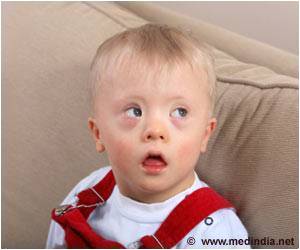The increasing gap between the rich and poor in Asia's booming economies like India and China is ignoring many mothers and children and putting youngsters' lives at risk, says the UN.
The increasing gap between the rich and the poor in Asia's booming economies like India and China is ignoring mothers and children and putting youngsters' lives at risk, the UN said Tuesday.
UNICEF, the United Nations children's agency, said that more than 40 percent of the world's children who died before their fifth birthdays in 2006 lived in the Asia Pacific region, and that great improvements were needed."The divide between rich and poor is rising at a troubling rate within subregions of Asia Pacific, leaving vast numbers of mothers and children at risk," the State of Asia Pacific's Children 2008 report said.
Some 2.1 million under-fives died in India in 2006, and the report said the fast-growing economy must improve its health care, nutrition, education, gender equality and child protection across the board.
South Asia was lagging on public spending, with only 1.1 percent of gross domestic product allocated to health care.
The boom in private sector health care for the region's expanding middle classes was battering public health facilities, the report added, tempting qualified staff to better paid jobs in private clinics or overseas.
With half of the world's kids living in the Asia Pacific, the report said that extending health services to the poorest people was key to achieving the 2015 global goal of reducing under-five mortality by two-thirds of 1990 levels.
Advertisement
Within the region, Southeast Asia made the largest strides in combating child deaths, with mortality for under-fives now half what it was in 1990.
Advertisement
"China's overall disease profile now resembles that of an industrialized country, but inequities in access to quality health care and huge disparities in health outcomes remain prevalent and entrenched," it added.
The Asia Pacific as a whole has seen a 34 percent reduction in the under-fives mortality rate since 1990.
Out of every 1,000 births in the region in 2006, 59 infants died before their fifth birthday. The 2015 target is 30 deaths per 1,000 births.
Pneumonia, diarrhoea and malnutrition are the main killers, the report said.
"But the vast inequalities in income, geography, gender and ethnicity are essentially what stand in the way of children surviving and thriving," it added.
Source-AFP
THK/L








